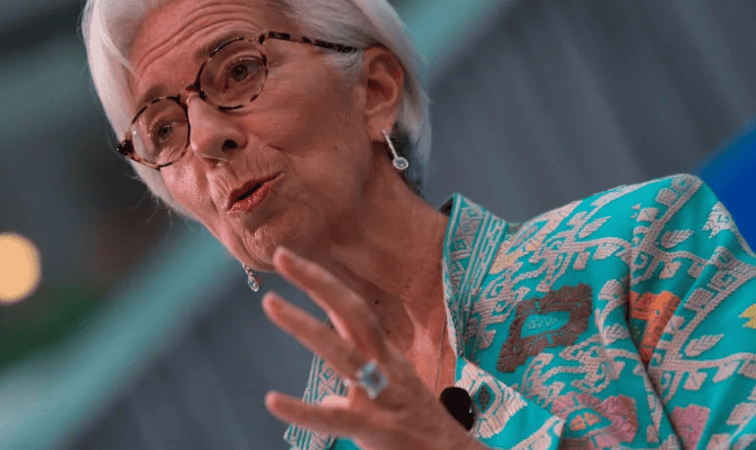
Trade tensions, higher rates drag on world economy as China becomes less likely to boost growth
The International Monetary Fund has cut its forecast for world economic growth this year, citing heightened trade tensions and rising U.S. interest rates.
The IMF said Monday that it expects global growth this year of 3.5 per cent, down from 3.7 per cent in 2018 and from the 3.7 per cent it had forecast for 2019 back in October.
Unveiling its forecasts at the World Economic Forum in Davos, Switzerland, the fund left its prediction for U.S. growth this year unchanged at 2.5 per cent.
For Canada, the IMF’s estimate for growth in 2019 was 1.9 per cent, down from a forecast in October for growth of 2.0 per cent.
The IMF’s view is more positive than an assessment by the Bank of Canada issued Jan. 9. The central bank forecast growth of 1.7 per cent this year, down from its October prediction of 2.1 per cent.
The IMF expects the Chinese economy — the world’s second biggest — to grow 6.2 per cent this year, down from 6.6 per cent in 2018 and the slowest since 1990.
Chinese growth slowing
China announced Monday its GDP had expanded by 6.6 per cent in 2018, down from 2017’s 6.9 per cent. Growth in the three months ending in December dipped to 6.4 per cent — the lowest quarterly level since the 2008 global crisis — from the previous quarter’s 6.5 per cent.
Chinese growth helped kickstart the world’s economy after the 2008 financial crisis and economists fear the slowdown will put a drag on global growth.
The Chinese economy is transitioning from one based on trade to one driven by domestic consumption, says Fotios Raptis, senior economist at TD Bank. He said the dramatic slowdown confirmed today was expected, in part because of weaker infrastructure spending and the tariff war with the U.S.
“Efforts by policymakers to stimulate economic activity, such as cutting the required reserve ratio in the banking sector and broad tax cuts, have likely acted to prevent a more dramatic decline,” he said in a note to clients.

The IMF’s growth outlook for the 19 countries that use the euro currency has been reduced to 1.6 per cent from 1.8 per cent.
The World Bank and the Organization for Economic Cooperation and Development have also downgraded their world growth forecasts.
Trade tensions create uncertainty
Rising trade tensions pose a major risk to the world economy. Under President Donald Trump the United States has imposed import taxes on steel, aluminum and hundreds of Chinese products, drawing retaliation from China and other U.S. trading partners.
“Higher trade uncertainty will further dampen investment and disrupt global supply chains,” said IMF chief economist Gita Gopinath.
Rising interest rates in the U.S. and elsewhere are also pinching emerging-market governments and companies that borrowed heavily when rates were ultra-low in the aftermath of the 2007-2009 Great Recession.
As the debts roll over, those borrowers have to refinance at higher rates. A rising dollar is also making things harder for emerging-market borrowers who took out loans denominated in the U.S. currency.


